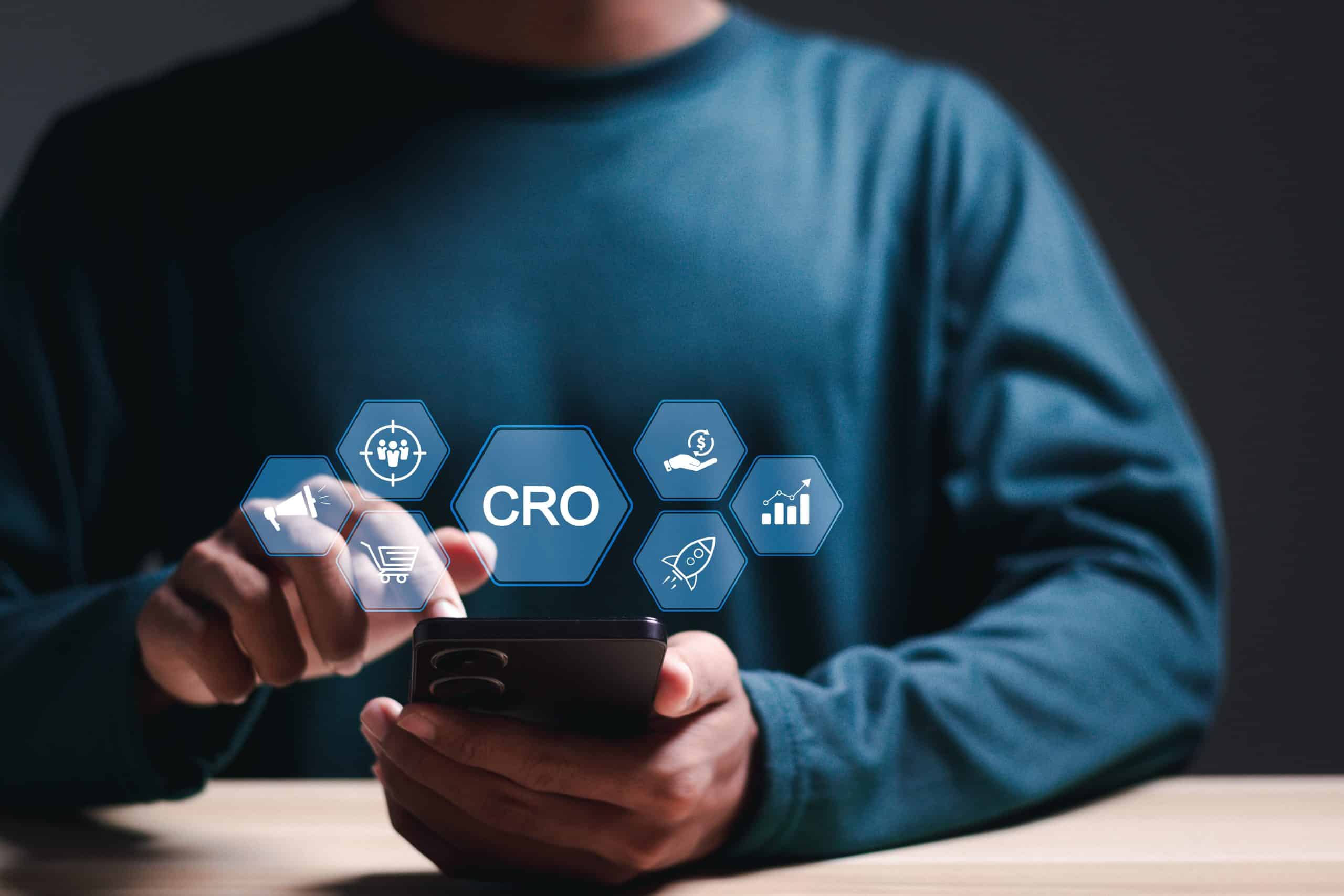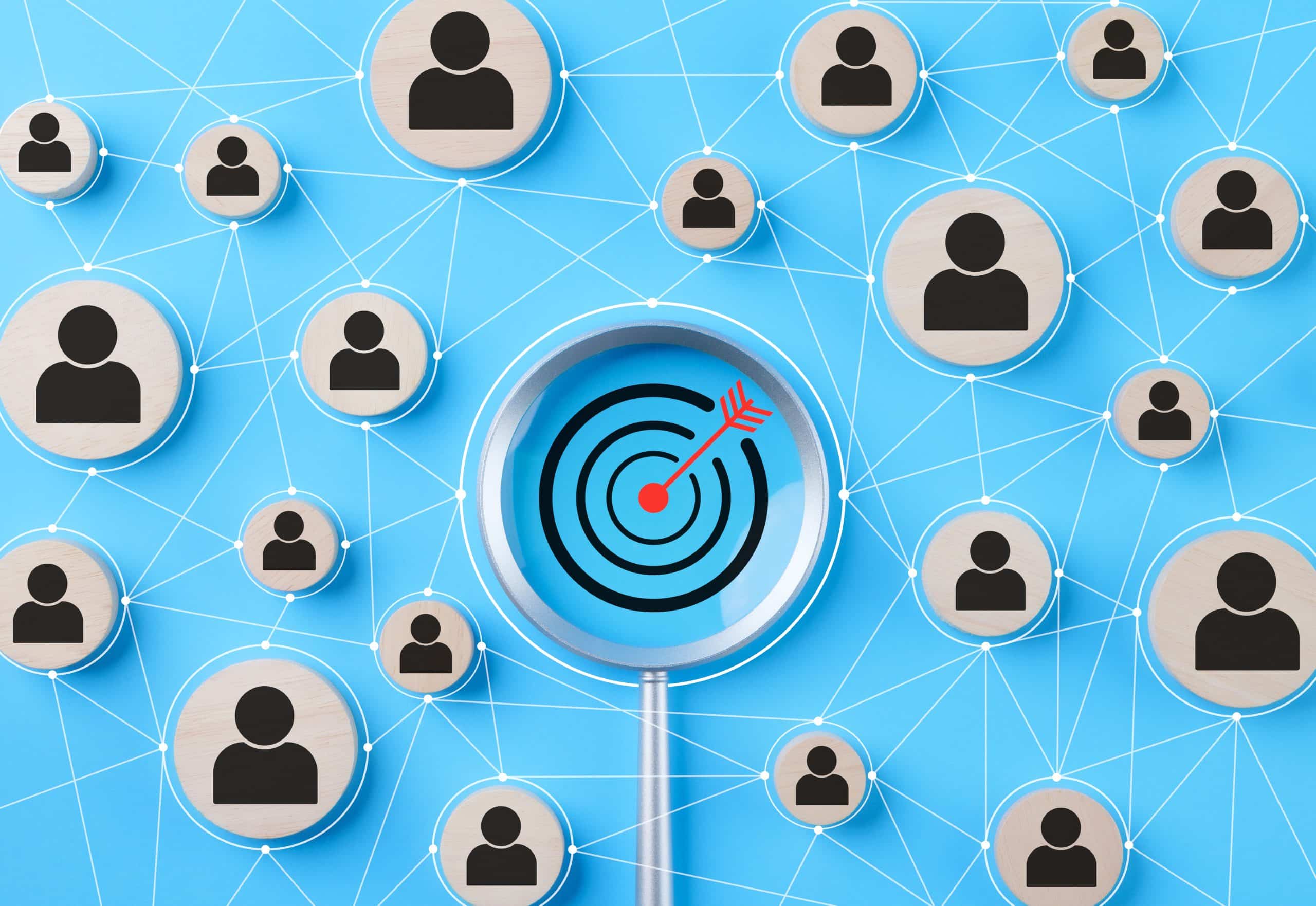Brand awareness — you know you need it, but you might not know how to get started. That’s probably because you haven’t been able to pinpoint your brand awareness objectives and goals.
It’s crucial to first identify what you want to achieve with your brand-awareness campaign. This informs the content you create, the distribution channels you use, and the audiences you target. It will also help you figure out how to measure brand awareness and track your progress.
Here we outline common brand awareness objectives and goals, so that you can choose the best one for your brand awareness strategy and better understand how to build a campaign that’s suited to your needs.
5 Smart Goals to Set for Brand Awareness
1. Increase Website Traffic
One major goal of brand-awareness campaigns is to increase website traffic. You might be looking to get more eyes on your blog, product pages, or company announcement, but you can’t do this if people don’t know about your brand or how to find your digital properties.
This is where brand awareness comes in. You might, for example, launch a brand-awareness campaign of sponsored, native articles. You target audiences who might be interested in these articles, entice them to click, and drive traffic back to your website.
How to Start a Discovery Campaign From Scratch
2. Promote Products
If your C-suite or sales team is questioning the importance of brand awareness, assuage their concerns by reminding them that brand awareness helps to promote specific products.
Brand awareness is about building a general knowledge of your brand. With the right content, distribution channels, and targeting strategy, you can get your products in front of the right people at the right time.
3. Build Brand Affinity and Improve Reputation
PR blunders happen — especially today when social media preserves every brand interaction. But there is a silver lining: these mishaps actually help fuel your brand awareness objectives and goals.
Brand awareness helps shift the online conversation in your favor. Use brand-awareness campaigns to share positive news and company updates, customer testimonials, and helpful information for consumers who’ve developed misconceptions about your brand.
4. Become a Thought Leader
You don’t always have to go for the hard sell to break through the online noise and make your brand known. You can take the softer but more lasting approach of establishing your brand as a thought leader in your industry.
With this strategy, you’ll set your brand up as the go-to resource for information, insights, and solutions to customer pain points. So, even if audiences are not yet aware of your products, if they need to answer a question or consult recent trends they will be more likely to come to you over a competitor.
5. Increase Sign-ups, Purchases, or Leads
Brand awareness is a crucial stepping stone to achieving your performance-marketing goals. Use brand-awareness campaigns to build an audience of potential leads by driving people to complete a specific action, such as signing up for a newsletter, downloading an ebook, or buying a product.
Remember, your brand-awareness campaigns don’t exist in a vacuum. There is always room to optimize them and use them to inform future campaigns that move customers down the funnel.
Achieve Your Brand Awareness Objectives and Goals with Taboola
If you’re feeling overwhelmed by these brand awareness objectives and goals, you’re not in this alone.
Use a performance platform such as Taboola to help you achieve any and all of your brand-awareness goals. Taboola places your articles and videos on the websites of the world’s top publishers — reaching people when they’re already engaged and ready to discover something new.
Whether you want to promote a new product, drive traffic to your website, or generate new leads, Taboola helps you reach new audiences and fill your marketing funnel.
See how Taboola helped KIA boost their brand
Learn More


